More Tianqi Satellites Reach Orbit With Sea-Based Launch! [Ceres-1S Y4]
Ceres-1S has carried four satellites into orbit from the waters near Rizhao.
Galactic Energy’s fourth Ceres-1S blasted off on December 19th from the Dongfang Hangtiangang launch ship off the coast of Rizhao (日照市) in the Yellow Sea at 18:18 pm China Standard Time, or 12:18 pm Universal Coordinated Time, with the Taiyuan Satellite Launch Center providing the required administrative oversight for the launch.
Riding atop of Ceres-1S for today’s launch were four Tianqi (天启) Internet-of-Things satellites from Guodian Gaoke (国电高科), with the rocket placing them into an 850-kilometer 45-degree inclination low Earth orbit. These four satellites were numbered 33 to 36 for the constellation, with up to 3,918 spacecraft planned to eventually make up the constellation.
The Tianqi constellation currently provides regular services for use in various industries including forestry, agriculture, aquaculture, petroleum, emergency response, ecological environment conservation, and smart city development. As more satellites are launched the constellation will also provide enhanced connectivity services to assist with vehicle automation and communications.
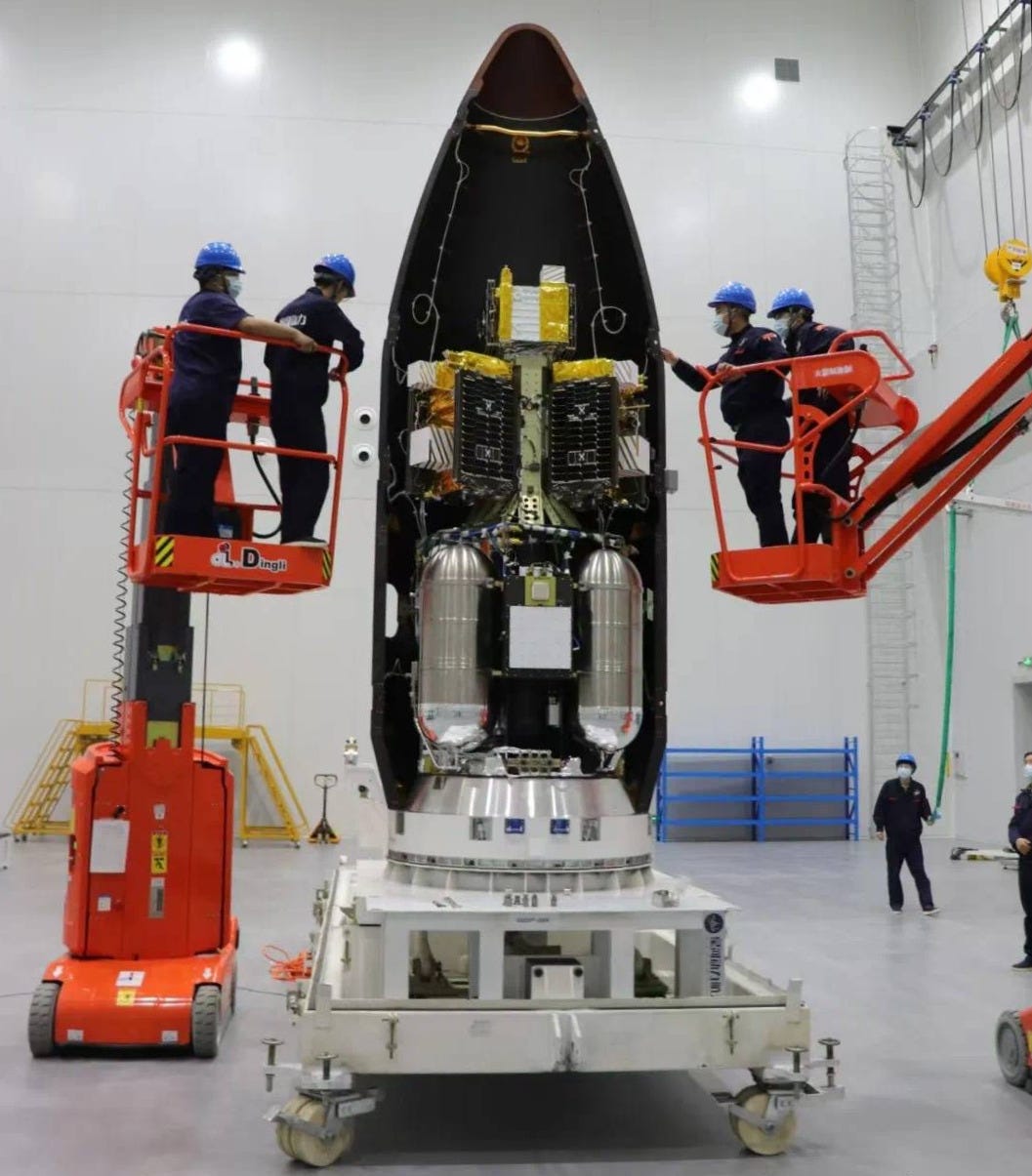
Guodian Gaoke is a repeat customer of Galactic Energy’s launch services now having booked five launches with the company, with fourteen satellites delivered to orbit. They were also the only customer for Ceres-1’s maiden flight in November 2020. In total Galactic Energy has carried out fifteen launches delivering fifty-eight satellites into orbit.
In their post-launch blog post, Galactic Energy highlighted various achievements the privately-held company has made with Ceres-1, saying:
“The company has created a number of industry milestones, including the first private company to enter 500km sun-synchronous orbit, 800km inclined orbit and twilight orbit, the first to successfully carry out a sea launch, the first to achieve rocket mass production and high-density launches, the first to achieve on-orbit services based on a stage of a rocket”
If there are any problems with this translation please reach out and correct me.
Today’s launch was the 4th mission for Ceres-1S, and the 16th launch of the Ceres-1 launch vehicle series. This was also the 66th launch from China in 2024.
Liftoff video via Galactic Energy on Weibo, as well as CNSpaceflight and Cosmic_Penguin on Twitter.
Check out the previous Ceres-1 launch
Back out of the blue [Ceres-1S Y3]
Ceres-1S lifted off from its sea launch platform in the Yellow Sea at 13:22 pm China Standard Time, or 05:22 am Universal Coordinated Time, on August 29th. This launch was supported by the Haiyang Oriental Spaceport, in the province of Shandong, with the Taiyuan Satellite Launch Center …
What is Ceres-1/1S?
This section is for those less familiar with China's commercial launch vehicles.
Galactic Energy’s Ceres-1, and its sea launch version Ceres-1S, is a four-stage launch vehicle that burns solid fuel in the first three stages, and a storable propellant in the fourth-stage. The fourth-stage can also be replaced with the company’s Eros orbital test platform.
The payload capacity of the launch vehicle is currently as follows:
420 kilograms to low Earth orbit
300 kilograms to a 500-kilometer sun-synchronous orbit
270 kilograms to a 700-kilometer sun-synchronous orbit
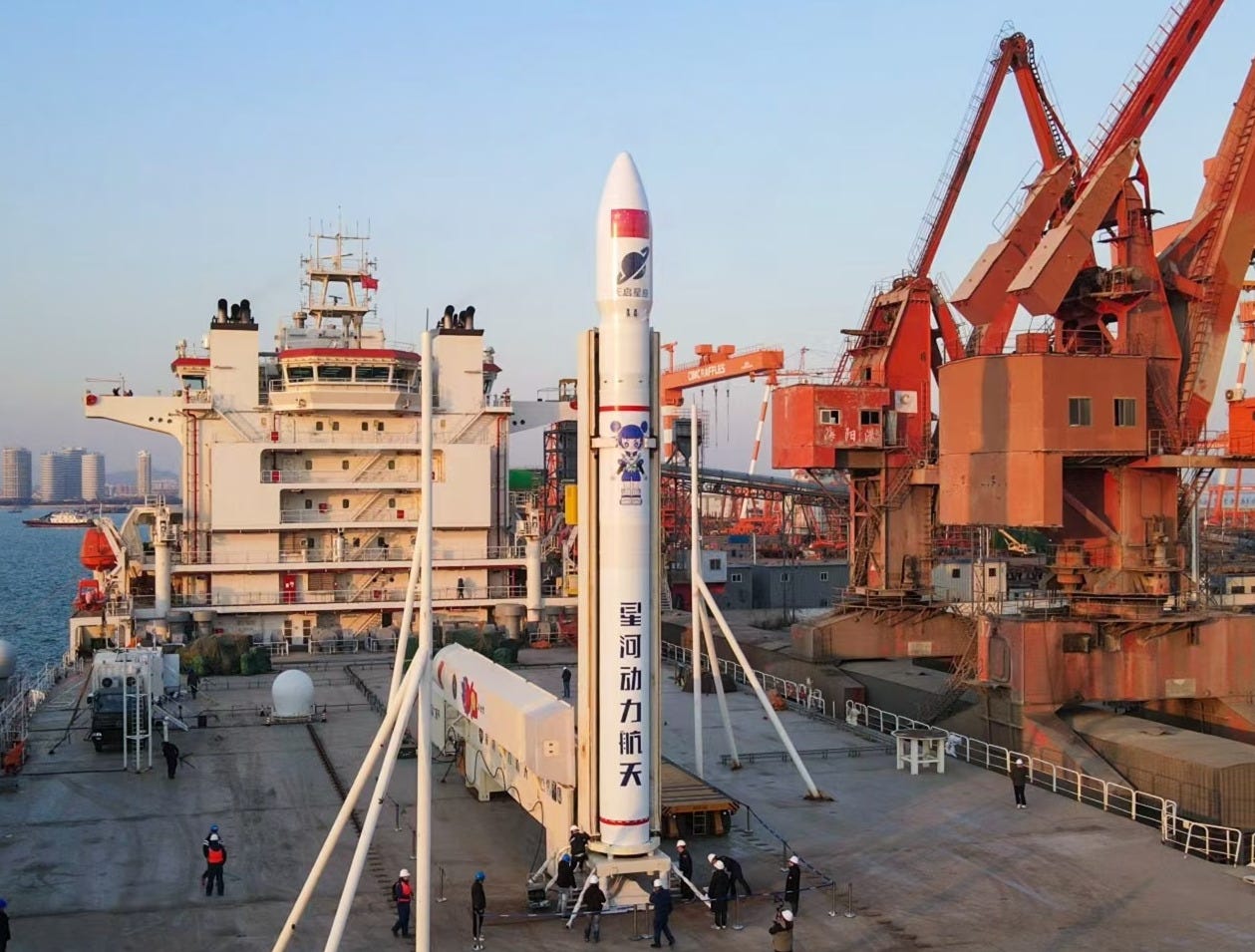
The first-stage is powered by a solid rocket motor that burns an undisclosed solid propellant to produce 60 tons of thrust. The second-stage also burns an undisclosed solid propellant to produce 28 tons of thrust. The third-stage is the final solid rocket stage, once again burning an undisclosed solid propellant, producing 8.8 tons of thrust. The fourth-stage burns a storable liquid Monomethylhydrazine and mixed oxides of nitrogen fuel in an ‘attitude control thruster’ to generate 1 ton of thrust.
On the launchpad, Ceres-1 weighs 33,000 kilograms and stands 20 meters tall. The first, second, and third stage have a diameter of 1.4 meters while the fairing has a diameter of 1.6 meters.
So far Ceres-1 vehicles have flown from the Jiuquan Satellite Launch Center and various sea-based launch platforms.

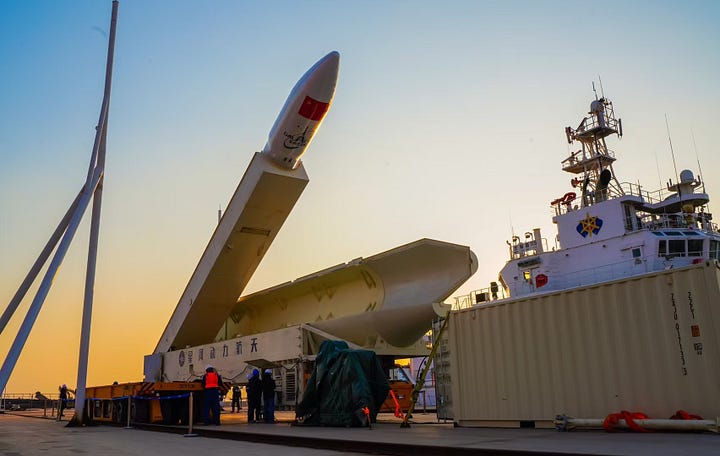
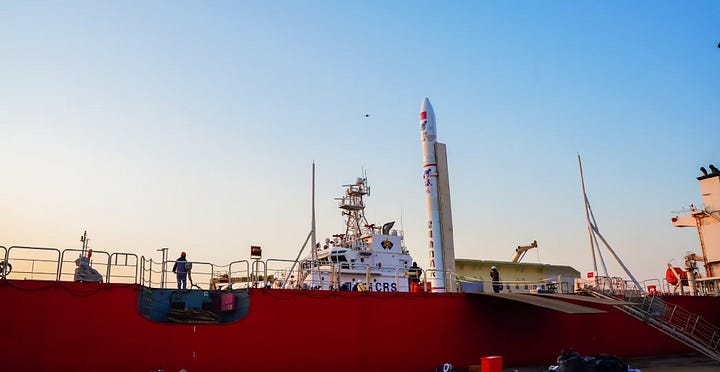
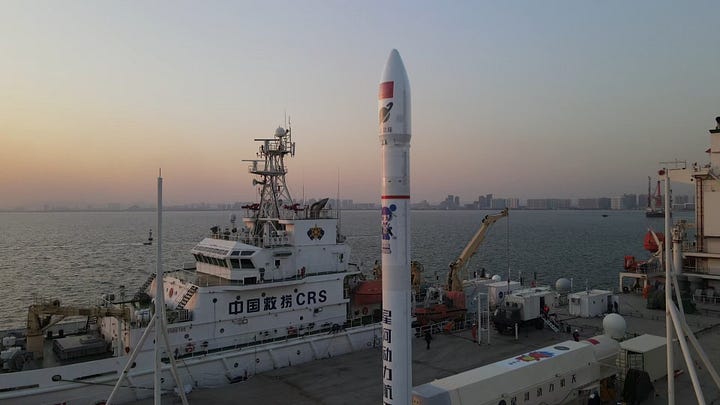





![Back out of the blue [Ceres-1S Y3]](https://substackcdn.com/image/fetch/$s_!fJd2!,w_1300,h_650,c_fill,f_auto,q_auto:good,fl_progressive:steep,g_auto/https%3A%2F%2Fsubstack-post-media.s3.amazonaws.com%2Fpublic%2Fimages%2F45cee230-ffef-4b46-8076-6c80b129ff41_1943x1104.jpeg)